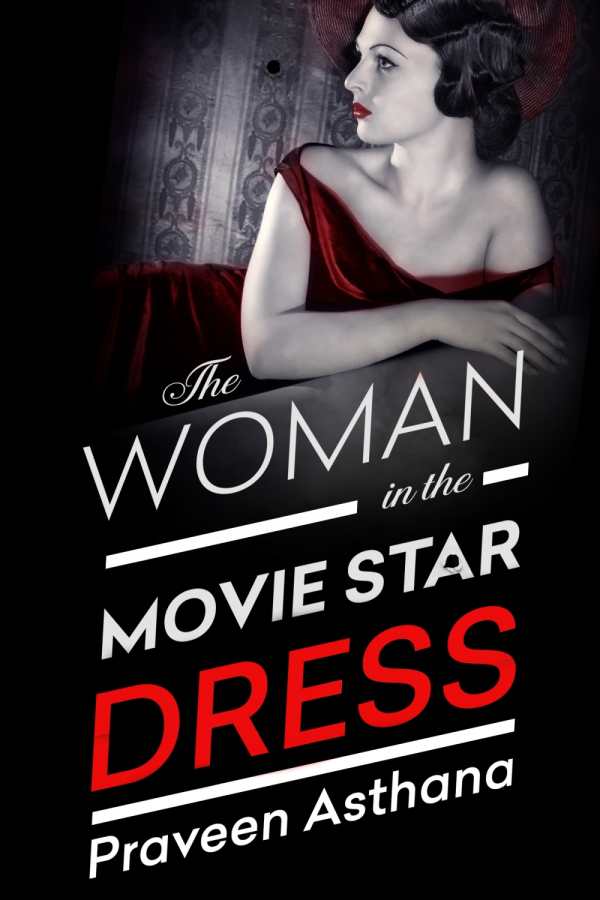The Woman in the Movie Star Dress
In this clever, sassy noir, a young woman discovers the power of transference in a vintage Hollywood clothing shop.
In Praveen Asthana’s carefully plotted novel The Woman in the Movie Star Dress, a young Native American finds self-assurance and explores her sexuality by trying on the clothing—and personae—of Hollywood actresses. Spirited characters and dialogue make this an enjoyable read for classic film lovers.
Genevieve Nightcloud’s Navajo father tried to break into Hollywood, but found it hard to get hired, even for “Indian” roles; her mother, meanwhile, committed suicide after suffering a sexual assault, driving Genevieve’s father to drink. A lonely young woman, Genevieve works at Mel’s Hollywood Clothing Store and spends her spare time watching movies, daydreaming about handsome heroes and femmes fatales. When she borrows vintage dresses for parties, the actresses who wore them transfer their power and seductiveness to her. Can they lend her the confidence to face her mother’s death and embark on a relationship?
Asthana establishes Genevieve as a sympathetic character in her first scene, when she sends herself Valentine’s Day flowers to cover for her romantic shortcomings. It is easy to relate to this shy heroine who struggles to fit in. “She was a half-caste in so many ways … between plain and pretty, white and brown.” Seen through Genevieve’s eyes, every male character is compared to the classic movie actor he most resembles. Genevieve’s interactions with her co-workers, especially the sex-obsessed Gretchen, allow for plenty of edgy banter and learned but subtle movie references.
The novel evokes a film noir atmosphere through two mysteries. One is personal: what really happened between Genevieve’s mother and her attacker? The other, which opens the book and offers the first example of clothing transferring life energy, is what became of Margaret Brooks, who bought a replica of Marilyn Monroe’s scarlet dress from Niagara. Genevieve’s research into the case, which bears the added threat of history repeating itself with the dress’s latest owner, is one of the novel’s highlights.
It seems a shame that the self-confidence Genevieve gains from wearing the femmes fatales’ dresses chiefly translates into one-night stands and recreational drug use. However, the novel shrewdly weaves in allusions to the Native American practice of “skinwalking” (wearing a wolf skin to absorb its strength). The ending feels a bit sudden, but Genevieve’s experiments wearing various dresses never become repetitive—proof of the author’s skill in pacing.
A clever, sassy treat for old-time Hollywood buffs, this is perfect for fans of J. Courtney Sullivan’s The Engagements and C. W. Gortner’s Mademoiselle Chanel.
Reviewed by
Rebecca Foster
Disclosure: This article is not an endorsement, but a review. The publisher of this book provided free copies of the book and paid a small fee to have their book reviewed by a professional reviewer. Foreword Reviews and Clarion Reviews make no guarantee that the publisher will receive a positive review. Foreword Magazine, Inc. is disclosing this in accordance with the Federal Trade Commission’s 16 CFR, Part 255.

